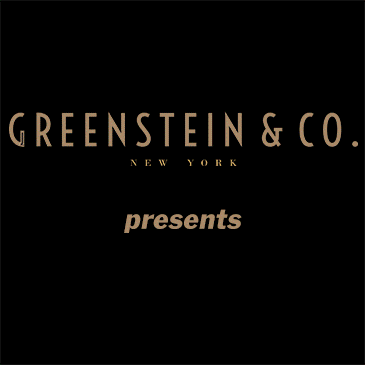
Unique Photos & Invitation To a Farbrengen 1948
Yud-Tes (19) Kislev, marking the release of the first Chabad Rebbe, Shneur Zalman of Liadi, from prison over two centuries ago, is the high point of the Chassidic calendar, eventually becoming known as the “Rosh Hashana of Chassidism.” Every year, followers would make special gatherings in celebration and spiritual reflection; in time Jews of other sects began to honor this special day as well.
The Avner Institute would like to present from the archives of Dr. David Luchins, professor of American politics and international relations and founding dean of Touro’s Lander College for Women, an original invitation to a Yud-Tes Kislev gathering that took place at his synagogue Congregation Tzemach Tzedek Anshei Sfard a synagogue located on Moore Street in Brooklyn, in the winter of 1948, and a rewarding encounter with the Rebbe years later after the synagogue had fallen into financial decline.
The Rebbe Archive would like to present two photos, the first is from a Yud Tes Kislev Farbrengen 1974 that took place at 770 Chabad world headquarters, the second is from a 19th of Kislev farbrengen 1954 that took place at a hall on Franklin avenue, in Brooklyn, New York, With special thanks to Rabbi Efraim Mintz, Executive Director of the Jewish Learning Institute, and to Pessy Katz.
Congregation Tzemach Tzedek Anshei Sfard was a thriving synagogue located on Moore Street in Brooklyn, where Williamsburg melds into Brownsville. For years it was one of the largest synagogues in Brooklyn, and probably the largest Lubavitch-oriented synagogue in the world. It was in this shul that over 2,000 Jews gathered in 1929 to welcome the Frierdiker Rebbe, Rabbi Joseph Isaac (Yosef Yitzhak) Schneersohn, on his historic visit to the United States.
One of the highlights was the annual “Yud-Tes Kislev party” celebrating the Alter Rebbe’s liberation from Russian prison. Ironically, after 1941 the shul moved the event to the Sunday night following 19 Kislev, to allow the members to also attend the farbrengen hosted by the Frierdiker Rebbe on the former night.
Alas, demographic changes after the Second World War devastated this once thriving congregation, and by 1953 there was barely a minyan within walking distance. When, in 1955, the City of New York offered several hundred thousand dollars for the shul’s substantial property, the Board reluctantly accepted and closed their doors.
But what to do with the money? An emergency Board meeting convened. It was decided to offer the money to the new Lubavitcher Rebbe to spend as he saw fit to continue the mission of his forebears the Alter Rebbe and the Tzemach Tzedek. Three of the shul’s senior officers, led by financial secretary Al Yudin, requested a private audience with the Rebbe to offer him the money.
To their surprise, the Rebbe declined. “Please put the money instead into the bank,” he asked, “and allocate some of the principal and all of the interest for tzedakah, to assist Jewish education.”
The officers were stunned that the Rebbe had refused such a considerable sum. Nevertheless they followed his instructions, meeting annually to allocate the money to yeshivoth.
After Al Yudin’s untimely death his widow Adele took over the annual meetings. As their number dwindled the members were replaced by their children, until Adele Yudin was the only original member standing. Mrs. Yudin passed away shortly before this Rosh Hashana at the age of 93. Under the Yudins’ leadership the shul followed the Rebbe’s instructions and gave out well over $1 million between 1956 and this year. It was money well spent and well invested.
To receive letters and inspiring stories from the Avner Institute about the Rebbe, email Rebbebook@gmail.com














